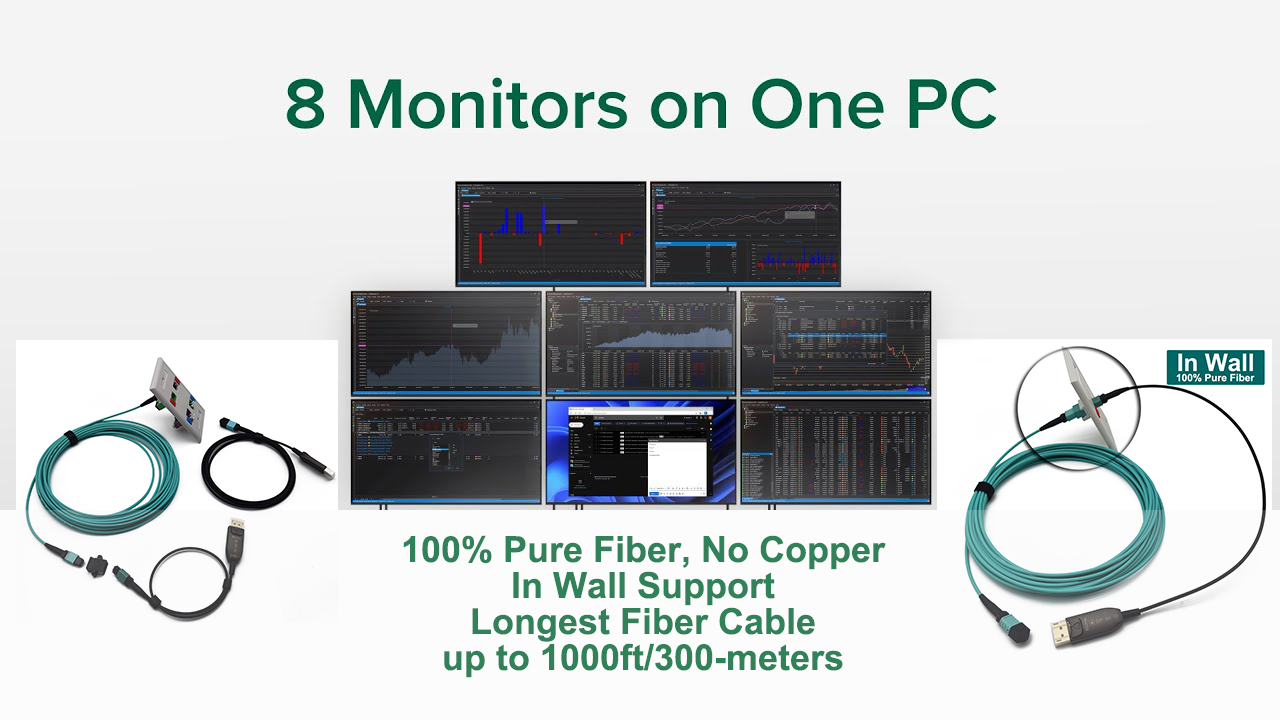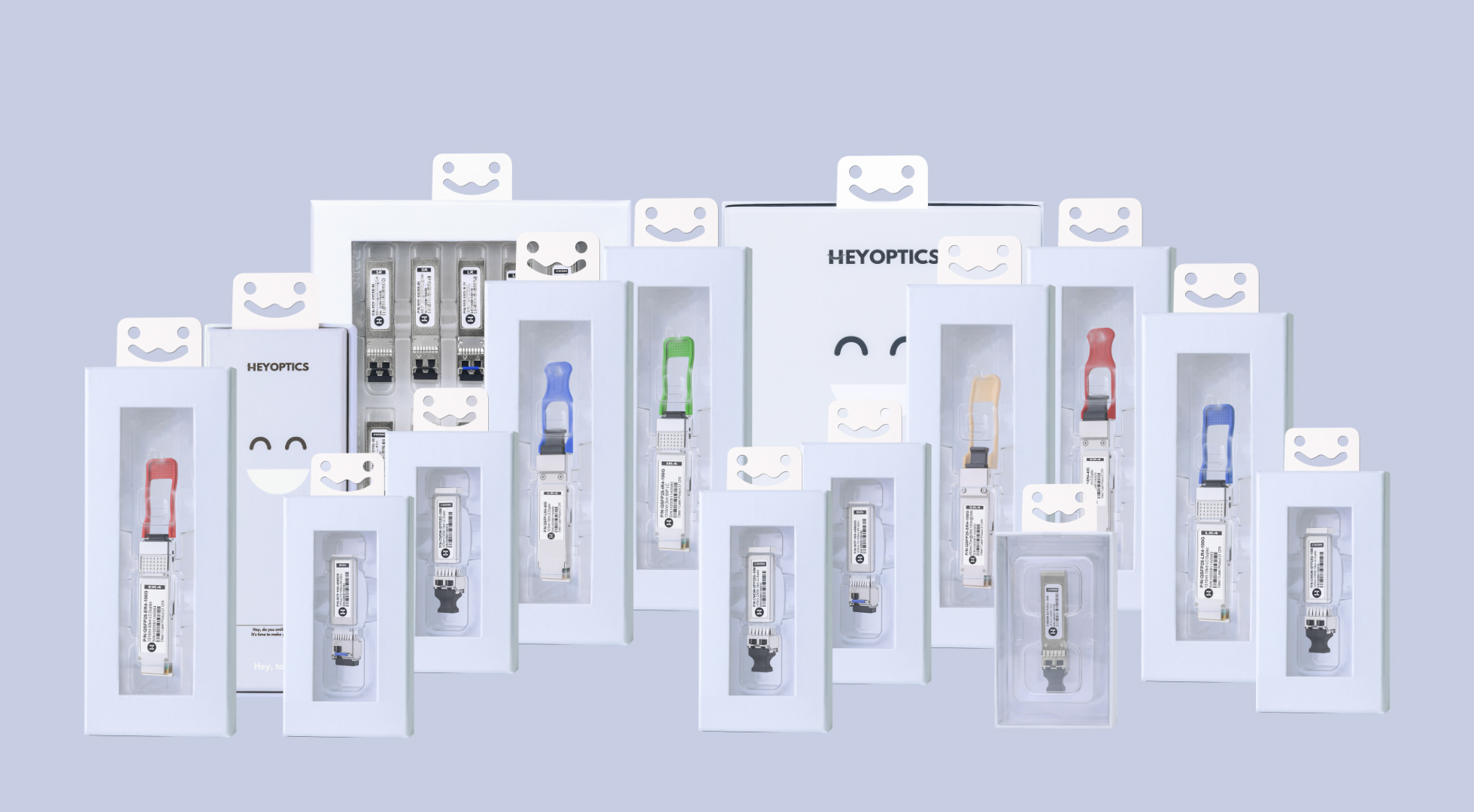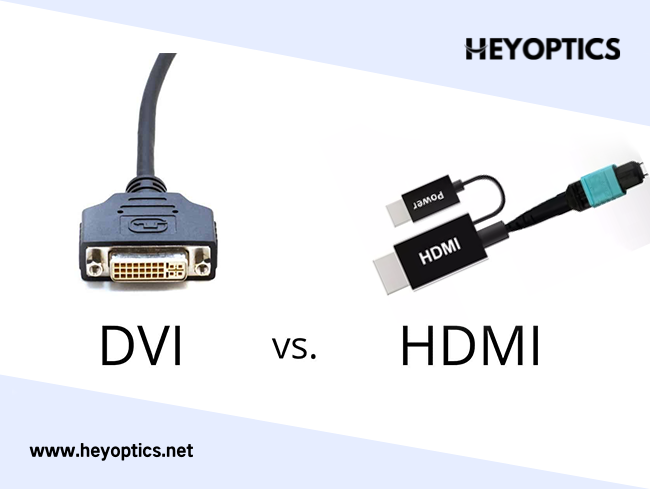In 2022, have you upgraded your HDMI cable?
With HDMI 2.1 TVs, new consoles and Ultra High-Speed cables, it might be time to upgrade. Here's what you need to know.
On May 9, 2019, the World Ultra HD Video Industry Development Conference was held to promote the popularization of ultra-high-definition video. The combination of 8K and 5G is a new driving force for the ultra-high-definition industry, which can effectively solve the problem of lack of initial 5G commercial applications.
The gradual popularization of ultra-high-definition video has put forward higher requirements for the original transmission medium.
The traditional HDMI copper core cable is subject to signal attenuation, it is difficult to meet the 18Gbps bandwidth transmission requirements, and it is also difficult to meet the ultra-high-definition video transmission in terms of transmission distance, anti-interference ability, refresh rate, etc., high-definition HDMI fiber optic cable came into being. Our fiber optic 2.1 HDMI cable can support 48Gbps bandwidth transmission requirements.
HDMI fiber optic cable vs HDMI copper core cable
So, what is the difference between HDMI fiber optic cable and HDMI copper core cable? What kind of users need to upgrade? This time we will study it.
Transmission medium
The high-definition HDMI optical fiber cable adopts optical fiber transmission medium, and the traditional HDMI cable is made of copper core wire, which is the most fundamental difference between optical fiber cable and copper core.
Material
The material difference between the two is huge, so the transmission principle is also fundamentally different: the optical fiber cable uses photoelectric conversion technology to transmit optical signals. , susceptible to interference.
Transmission distance
Optical fiber lines use optical signal transmission, and the attenuation of long-distance signal transmission is basically negligible. The relay distance far exceeds the traditional copper core wire, and the longest transmission distance can reach more than 303m(1000ft).
For traditional copper cables, the limit transmission distance is generally 20 meters. Signals are easily distorted during long-distance transmission of more than 15 meters. Repeaters are required to achieve long-distance transmission.
For example, the projectors, playback devices and projectors that we are familiar with in our daily life require a long line distance: home wiring generally requires 5 meters to 15 meters, while office scenes are longer.
If the traditional copper HDMI cable is used, the long-distance transmission is prone to problems such as signal distortion, frame dropping and frame tearing, and signal relay must be used.
The optical fiber HDMI cable transmits optical signals. When transmitting over long distances, there is no need to worry about signal attenuation or distortion. Users can arrange system equipment according to actual needs.
In terms of audio and video transmission, optical HDMI cables also have advantages over traditional HDMI cables. Optical signal transmission is free from external electromagnetic interference, which can truly achieve lossless transmission and ensure high fidelity of the signal, especially for audio information that requires extremely high transmission materials.
The ultra-low noise floor of the fiber optic HDMI cable has a high signal-to-noise ratio, which ensures the ultimate purity of the sound, and the cinema-level audio-visual effect comes immediately.
At present, 4K/8K TV, projection, etc. have been popularized. Due to the bandwidth limitation of copper core HDMI cable, it is destined to not play much role in the later 8K and HDMI2.1.
Future
Therefore, we have reason to believe that in the near future, optical HDMI cable will become an essential wire for high-definition signal transmission.
The current PC-side stand-alone games all require high refresh rates and immersive audio-visual effects, which require very high video transmission bandwidth.
At present, 4K/8K display devices have become the first choice for gamers. To ensure lossless transmission of 4K and 8K, fiber-optic HDMI cables are required. However, traditional HDMI copper cables are subject to signal attenuation, which makes it difficult to meet high-bandwidth transmission requirements.
Advantages of Optical HDMI Cables
The optical fiber HDMI cable has the advantages of wide transmission frequency bandwidth, large communication capacity, strong insulation and anti-electromagnetic interference performance, etc., which allows you to accurately restore the due visual effects when playing 3D, 4K, and 8K games, without worrying about the transmission bandwidth problem at all. , enjoy the multi-level smooth and colorful game screen.
Under the same specifications, the optical fiber HDMI cable is about 60% smaller in volume and weight than the traditional copper cable, which can effectively reduce the difficulty of long-distance wiring.
Take fiber optic 2.1 HDMI cable MPO for example. Our fiber optic 2.1 HDMI cable MPO provides the highest speed and bandwidth needed for the best video and/ or audio quality for high definition at lengths up to 303 meters (1000ft), which supporting the long distances required in commercial video solutions. And the MPO Fiber Optic cables are ultra-slim, lightweight and durable, which provides for a higher performance connection than copper cables. There is no loss of signal over long distance and no EMI interference.

Conclusion
In general, HDMI fiber optic cables have the advantages of long-distance lossless transmission, accurate color reproduction, high refresh rate, high audio fidelity, and high bandwidth compared to traditional copper core cables. Of course, the price is relatively higher.
For home users whose wiring needs are within 5 meters, such as short-distance transmission such as the host connecting to the monitor and the TV connecting to the set-top box, ordinary HDMI copper core wire is sufficient to deal with it.
If the wiring distance exceeds 5 meters and requires a resolution of 2K or higher, it is used in professional scenarios such as home theater, stage display, office projection, monitoring system, etc., copper core wire engineering wiring is often difficult, and the effect is difficult to guarantee. Therefore, Fiber optic 2.1 HDMI cable is the best choice.



